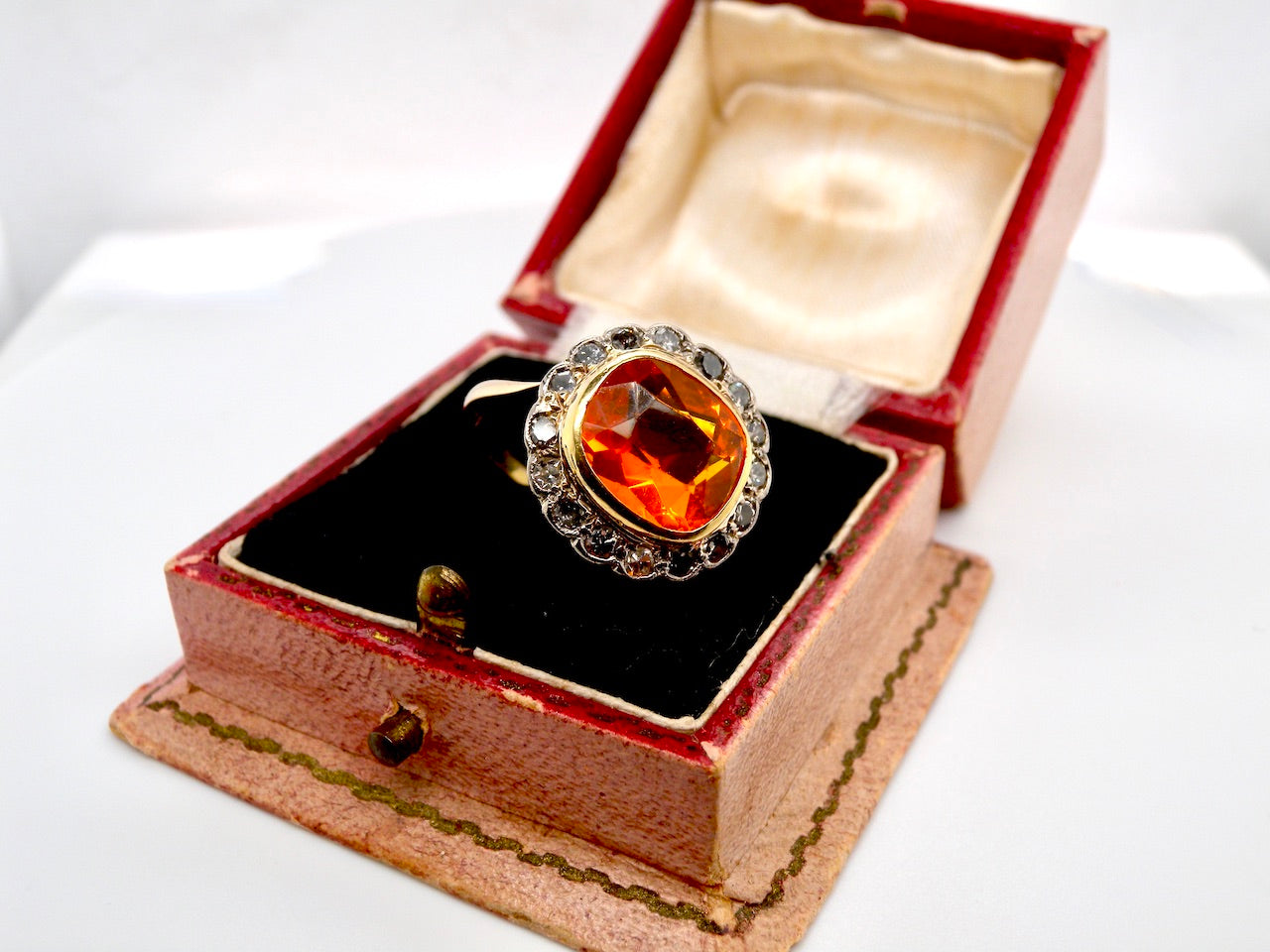The recent news of lab grown diamonds has sparked much interest in those who wish to be seen as environmentally concerned with how their jewellery may have been sourced.

This of course has been an issue for some years with much publicity surrounding the way diamonds have been mined in the past particularly in areas such as Sierra Leone and such stones have been classed as ‘Blood Diamonds’
The industry has had to come to terms with such processes and have made massive improvements in pay and conditions of workers especially by such world renowned companies such as De Beers.
There is little doubt that the lives of workers in the diamond industry have been vastly improved. Yet to read some reports about Lab Grown diamonds, and those who retail jewellery containing such stones, one would imagine that the diamond industry has done little or nothing to improve the lives of diamond workers.
One can therefore imagine then that the mining of diamonds should be stopped altogether and those workers can literally go on the unemployed scrapheap, and in many of those countries where diamonds are mined unemployment benefit is not awarded, many are starving, doing low paid work, or even resorting to crime. In reality it is not really the best solution that those selling lab grown diamonds can think is a perfect solution.
Naturally there is a considerable market for lab grown diamonds, just as there was for such initiations as cubic zirconia back in the day. However to say that lab grown stones should be a ‘replacement’ for natural diamonds and using the environment and working conditions as a stick to beat the industry with is not actually what they really care about, its the fact that they would like to help to reduce the amount of diamond mining
The lab grown diamond has a place in the market and should be welcomed, but it is just that, a place in the market. Cubic zirconia and the suchlike have a place in the dress ring market, lab grown a place in the market for those who want a good size diamond for maybe a third of the price of a natural diamond formed by Earth’s own forces some billions of years ago. The two are the same but different.
The buyer should be aware that Lab grown diamonds are not totally free from creating some environmental footprint, as the energy required to produce a stone is considerable.
The natural Earth born diamond it has to be said is still far from perfect. A Lab Grown diamond one could suppose have a lesser impact on work life and environmental considerations, however its always a balance.
To remove the diamond industry as a whole because of that would be in itself harmful in other ways, its cause and effect. However as with any industry improvements can always and should always be strived for.
So as a buyer what should one do? Well if one is totally against the diamond industry as it is, then both that point of view and a price point does put the Lab Grown diamond in a positive light. There is less impact on environment,
and the price for a diamond is far less. On the other hand, does it truly replace the natural earth produced diamond? Not really. They are the same, but they are different.
The Earth produced diamond has history on its side. A natural substance created in the tectonic mists of the planet’s past. Created in the fire and brimstone that also produced emeralds, rubies, sapphires and a whole plethora of stones and minerals, gold, silver, platinum, copper and the rest.

The choice is the lab grown, lower cost, but not truly ‘natural’ in the true sense of the word, and actually created in a factory or a true ‘natural’ created at a time some billions of years ago.
There is of course a third choice, and one that is probably much more ‘on trend’ than either of the choices in this post. Thats upcycling, recycling or however one wished to put it.
There are many pre-owned and antique pieces of jewellery available, and a diamond ring that has come back onto the market for one reason or another has already had its impact on the environment and that may have been ten years or 100 years ago.
To purchase a pre-owned diamond ring has no impact at all on the world. In fact by such a purchase you are giving it a new home, and a new identity, and that is linked to you now as the wearer. Many may say that to own someone else’s diamond ring is maybe not quite so desirable. However, many people buy other people’s houses, or a second hand car, and charity shops abound with customers!
There is also a huge cost saving over the purchase of a new item, not least the vat element which is less on a pre-owned item. So finally what are the benefits of buying old over new.
- 1. No impact on the planet’s environment
- 2. A good saving on the cost over new
- 3. good resale values
At Vintage Tom antique jewellery we believe we have one of the UK’s largest
selection of pre-owned and vintage jewellery. Modern, Victorian, Art Deco,
mid century.
Full post free to you and free returns service. We have our own store in Somerset under the name of Charles Hart, established in 1820 so we know a thing or two about jewellery and offer a personal service that has been praised by many.



